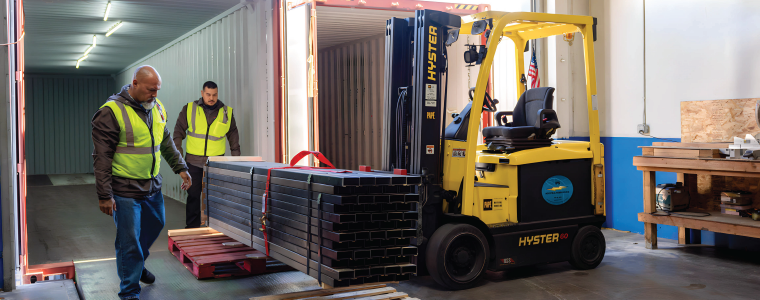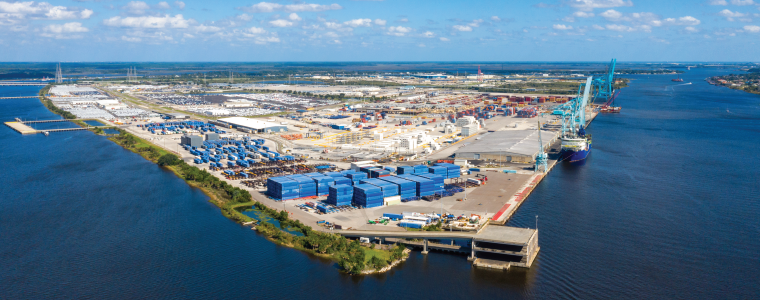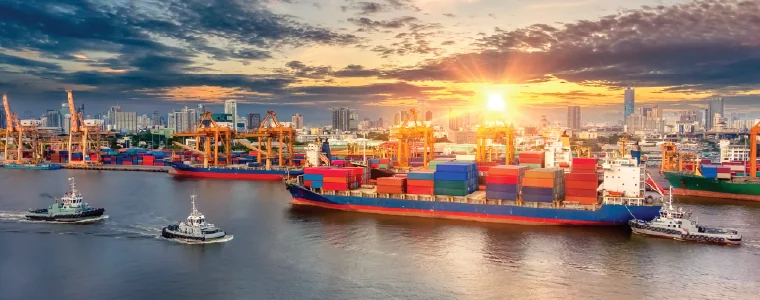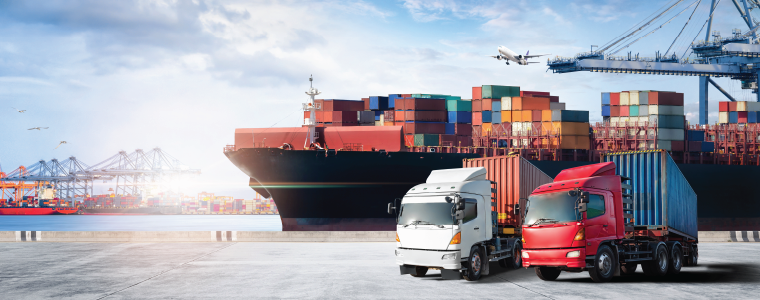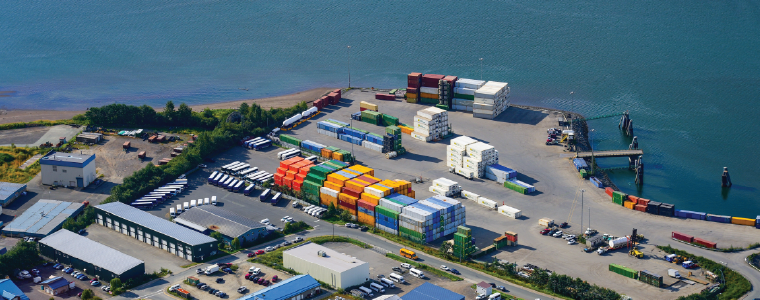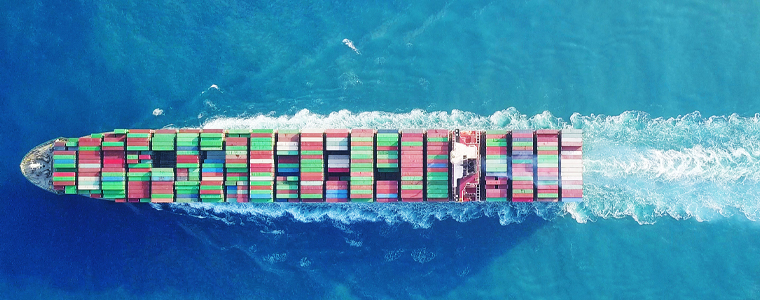August 9, 2024By: Eric Zybura
Nearly three-quarters of freight in the United States is moved via truck, according to the American Trucking Associations. If you’re one of the many shippers moving freight over the road, you’ve probably considered less-than-truckload (LTL) service to move your freight. To help you make it easy and cost-effective, we’ll show you everything you need to know about LTL freight shipping. In This Article What Is LTL Freight? What Are the Pros and Cons of LTL Freight? Understanding & Overcoming Key Challenges for LTL Freight Pricing & Quote Complexity Longer Transit Times Greater Potential for Damage The Advantages of Partnering with a Freight Broker Access...
Read MoreApril 17, 2024By: Eric Zybura
More than 85% percent of the goods shipped between Puerto Rico and the mainland U.S. move through Jacksonville, Florida. The Port of Jacksonville (also known as JAXPORT) is a major ocean freight gateway, linking the mainland U.S. with the Port of San Juan and Puerto Rico’s other seaports. In this article, we’ll show you what you need to know about moving freight along this route, either northbound to the mainland U.S. or southbound to Puerto Rico. Shipping to a U.S. territory like Puerto Rico can be a little different than shipping freight to other U.S. destinations. We’ll walk you through all the angles to make...
Read MoreMarch 28, 2024By: Eric Zybura
When it comes to over-the-road transportation, you’ll have two main choices: less-than-truckload (LTL) and full truckload (FTL) shipping. Each of these options offers different timelines, different costs, and different advantages. We’ll walk you through all of them so you can understand the distinctions—and pick the one that moves goods on your preferred timing, at your preferred budget. In This Article Definitions & Basic Differences: FTL vs. LTL Cost Considerations: FTL Pricing vs. LTL Pricing FTL & LTL Transit Time & Efficiency: A Comparison Safety & Handling of Goods: Who’s the Winner? LTL or FTL? Environmental Impact: Which Has the Lighter Carbon Footprint, LTL or FTL?...
Read MoreFebruary 22, 2024By: Eric Zybura
Understanding the difference between transloading and intermodal freight shipping can help you keep your cargo moving efficiently—and save you money. Not sure what these logistics terms mean? We’ll walk you through the definitions of both, and explain which method to choose when—and why. We’ll also throw in a quick discussion of another similar term, transshipping, so you can understand all of these logistics strategies and pick the right one for your freight. What Does Transloading Mean in Shipping? Transloading refers to moving cargo from one mode of transportation to another. More specifically, when cargo is transloaded, it’s unloaded from one transportation method (such as an...
Read MoreNovember 7, 2023By: Eric Zybura
The holiday season can be a make-or-break one for many retail businesses. Statistics from the National Retail Federation (NRF) reveal that retailers earn, on average 19% of their total sales during the last two months of the year. (Or more, depending on the business!) As you prepare for the holiday season, we’ve got five insights for you. These tips will help you optimize your logistics, protect your margins, and keep your holiday stress to a minimum—at least where your business is concerned! #1: The “Holiday Season” Starts Earlier Every Year Remember the days when the holiday shopping season (semi-)officially kicked off with Black Friday,...
Read MoreJuly 31, 2023By: Eric Zybura
Once a product reaches a customer’s hands, it would be easy to think that the supply chain has met its end. However, in some cases, there’s another link that returns the product to the seller or manufacturer. That’s where the concept of reverse logistics comes in. Return, refurbishing, remanufacturing, recycling, and disposal processes all fall under the umbrella of reverse logistics. Paying special attention to this link in the supply chain holds a number of benefits for companies, including higher levels of customer satisfaction and the possibility for recapturing value. Of course, reverse logistics isn’t without its challenges—or, as a supply chain manager...
Read More
